

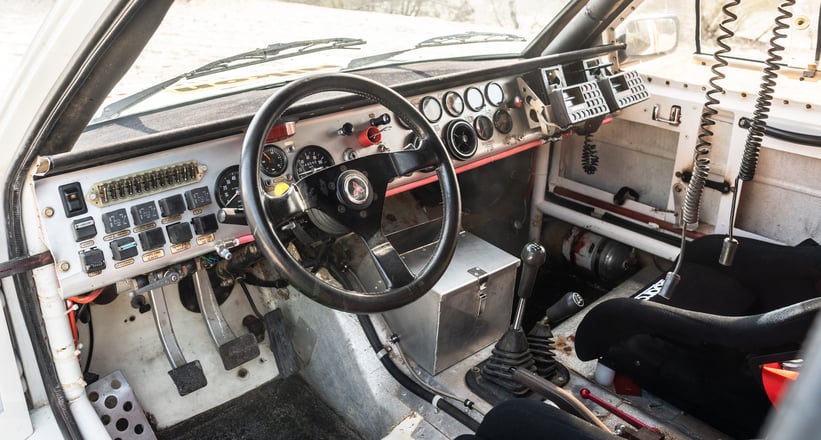
The would-be Champ
It’s no secret that we’re fans of the Mitsubishi Pajero, especially after our time exploring the Garden Route in one, and this wicked prototype could’ve bagged the Japanese marque their second overall victory at the Dakar. Developed with factory support by the French importer Sonauto, this 1988 Pajero was one of the only cars capable of taking the fight to Ari Vatanen and his untouchable Peugeot 405. Powered by a WRC-derived 2.6-litre Turbo 4-cylinder engine with 275 hp, this mighty Mitsubishi was leading the Dakar by a whopping 45 minutes at the halfway point. Unfortunately, they don’t call it the world’s toughest endurance race because it sounds catchy, and this Mitsubishi eventually had to retire due to engine problems. However, as the history books show, this was only the start for Mitsubishi, who would go on to dominate the Dakar in later years.
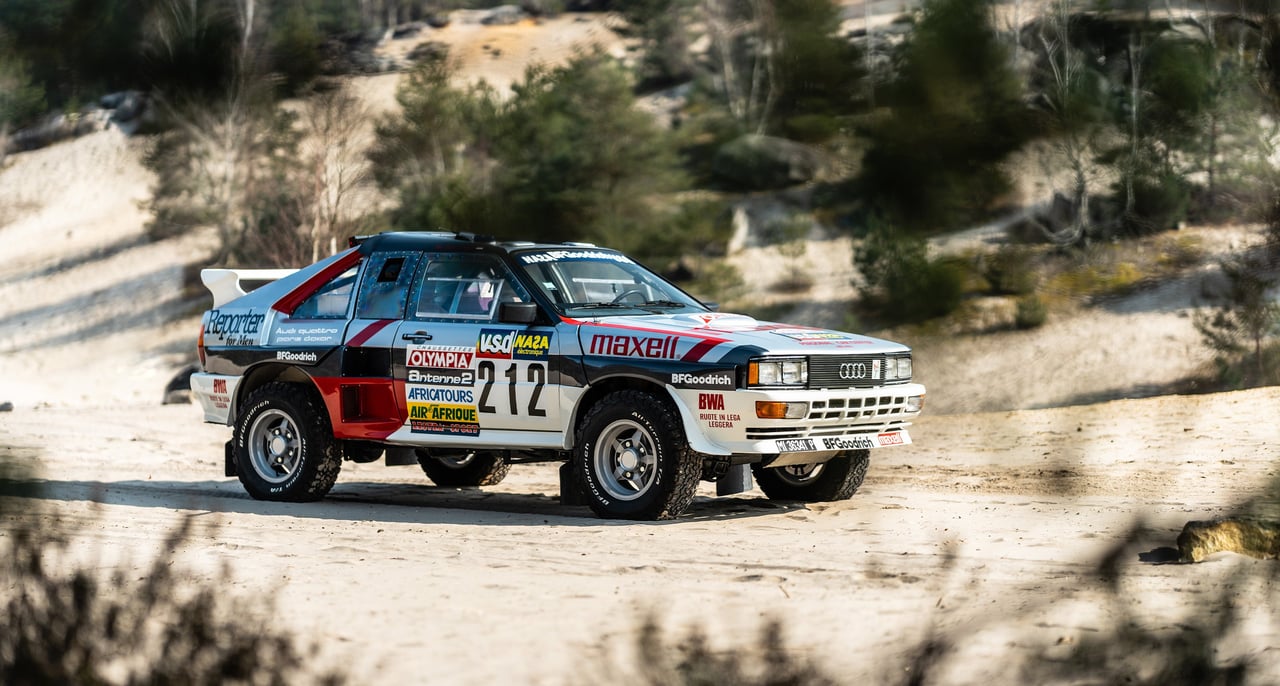

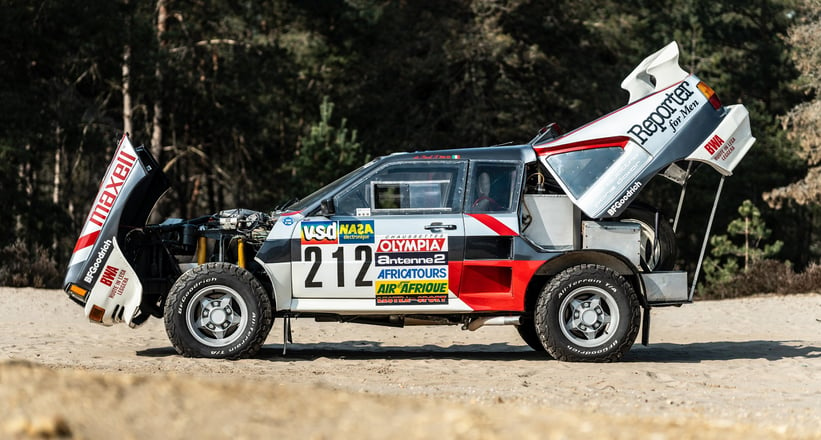
Frankenstein’s Dakar Monster
If you find yourself on any starting grid, regardless of whether it be dirt of tarmac, seeing an Audi Quattro lining up alongside you is usually a sure sign that you’ll probably have to settle for second. So, why not set yourself up for success by getting an Audi Quattro of your own? Okay, technically speaking this is actually a Range Rover wearing a very nice kevlar and fibreglass suit made to look like an Ur-Quattro, but what it lacks in pedigree it makes up for in reliability. Recently restored to its 1986 Dakar configuration, underneath the hood you’ll find a modified 3.5-litre Rover V8 engine tuned to 230 horsepower connected to a gigantic 400 litre fuel tank. So, if you fancy entering the next Dakar Classic, this will probably prove to be a relatively easy fix, should something go wrong (as they tend to do in the unforgiving desert).

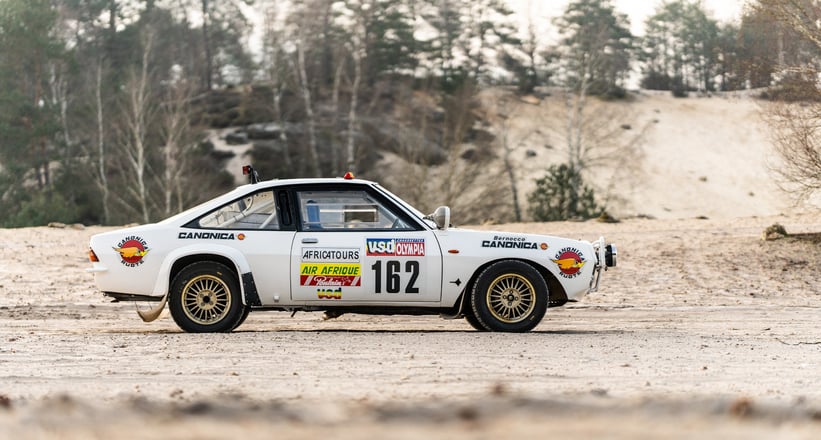

Manta out of water
Two-seater sports cars tend not to be a regular fixture at the Dakar, and understandably so, but that didn’t stop one Italian team from trying their luck with this 1976 Opel Manta. Originally prepared to compete in the World Rally Championship, this rear-wheel drive Manta then rolled up at the 1985 Paris Dakar with high hopes. Unfortunately, reality struck and the Manta retired during the first brutal African stage and was promptly abandoned. Thankfully, in 2014 it was found by an eager amateur rally driver who restored to its original configuration, so it’s now ready to race once more. Surely fantastic fun to drive, this Manta deserves another chance at conquering the Dakar. Maybe you could be the one to drive it across the finish line?
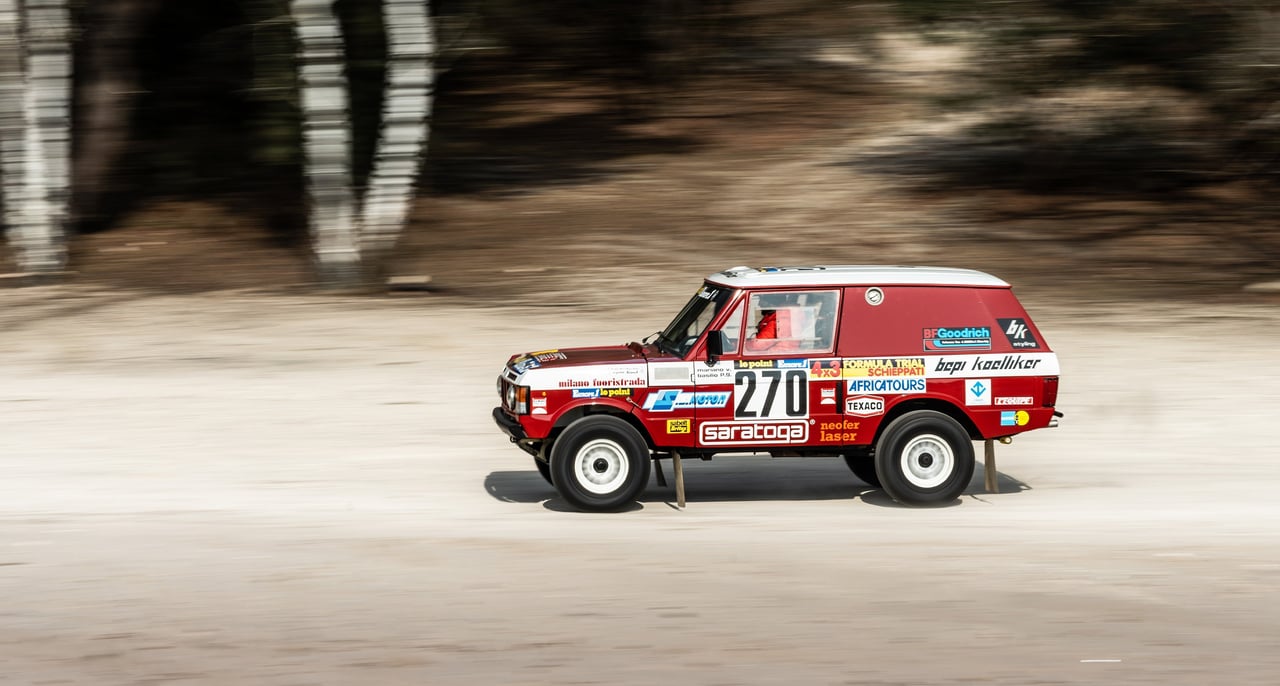

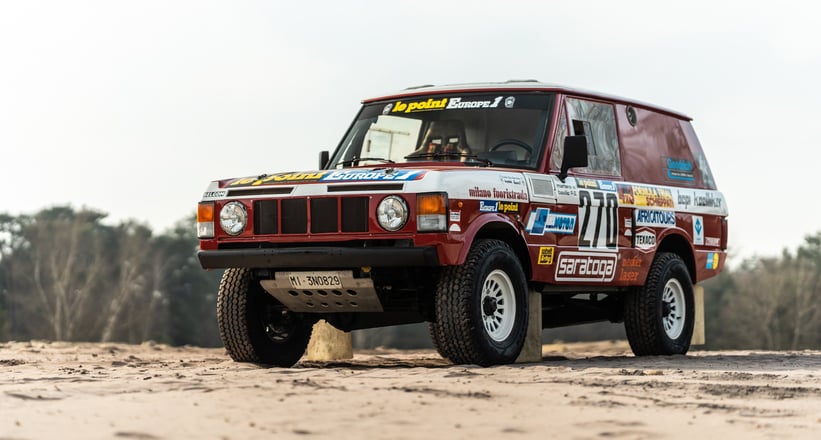
Dune Rovers
Here we have two Range Rovers that fulfilled their SUV brief to the fullest, having both competed in the Dakar. First, let’s take a look at this menacing dark red 1981 Ranger Rover. Originally purchased from the showroom by an Italian amateur, it was then used to follow 1981 Dakar, before its owner decided he wanted in on the action and prepared it for the African rally in 1982. It entered the race as a fast-paced assistant for two motorbikes, but a few days before reaching the finish line a failed connecting rod brought its race to an end. It was then sold and bought back by the original owner in 1986, who promptly set to work improving his beloved Range Rover. Fibreglass body panels were fitted, while the V8 engine was bored-out to 4.2-litres, taking the power up to 300 bhp. Now ready to hit the dunes once more, this is a rare opportunity to acquire a Range Rover that actually competed in the Dakar.
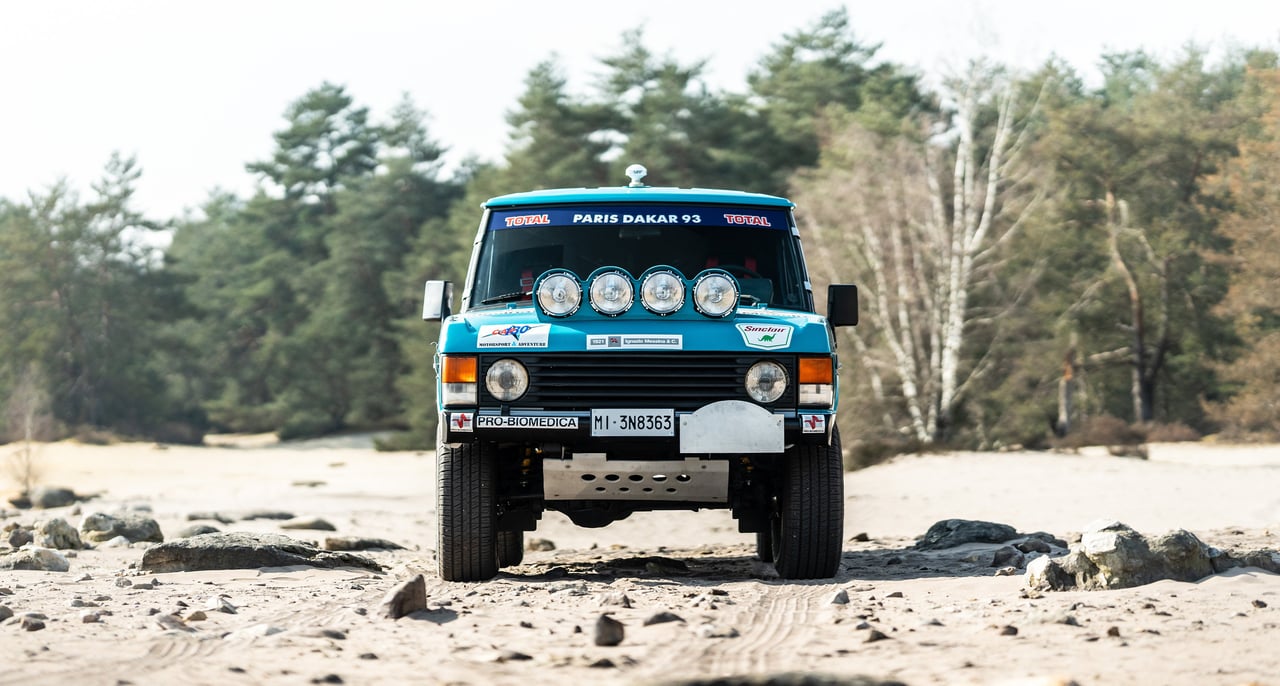
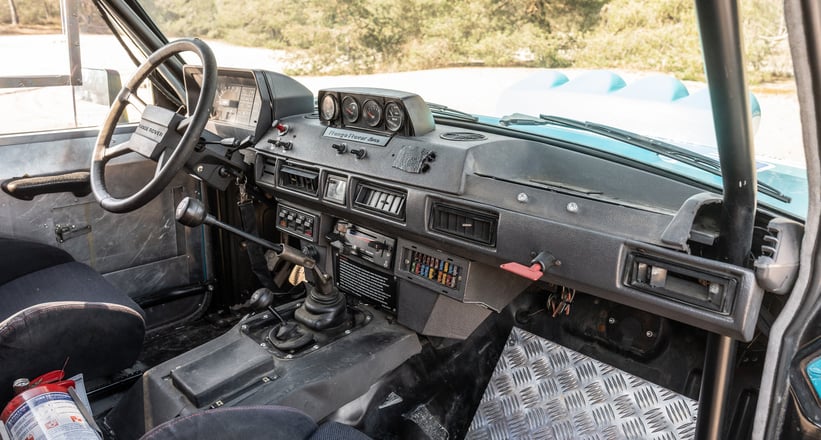

Our next rough and ready Range Rover is also a Dakar veteran, and a successful one at that! This 1991 Range Rover was initially prepared by Franco de Paoli for the 1991 Paris-Moscow-Beijing Rally which never took place. However, it wouldn’t be long before it would show its potential at the 1991 Pharaohs Rally in Egypt, where it finished with a class victory in T2 and 12th overall. After further modifications, it was entered in the 1993 Dakar Rally, which sadly resulted in a DNF. However, this Range Rover’s duties were far from over, as it would see use as a press vehicle on the 1995 Dakar before being re-civilised for almost daily use by Franco de Paoli. Now returned to its 1993 Dakar configuration, this Range Rover will need some servicing and preparation before competing again, but once it’s ready you’ll have quite the off-roading companion to compete with at the Dakar Classic.



















